Abstract
1. The trachea is constructed by a series of U-shaped cartilaginous rings supporting a membranous posterior wall. We have studied separately the pressure-volume relationships of the two components. 2. The motion of the membranous posterior wall contributes most to the tracheal volume change caused by any given transmural pressure change; the cartilaginous rings provide a semi-rigid support to the posterior wall and have a far greater compliance with negative than positive transmural pressure. 3. The response of tracheal stretch receptors to transmural pressure can be explained by the mechanical coupling between cartilages and posterior wall. They respond both to positive and negative transmural pressure, they are active at zero transmural pressure and have a point of least activity with small negative transmural pressures. 4. The stress-strain relationship of the posterior wall has been studied in static and dynamic conditions in control situations and after removal of either the tunica fibrosa or the trachealis muscle. Each of these two components contributes to the stiffness of the posterior wall, with the trachealis muscle providing most of its viscosity. 5. The response of tracheal stretch receptors to transverse traction of the posterior membranous wall has been studied in both static and dynamic conditions before and after removal of the tunica fibrosa. The behaviour of these receptors reflects the visco-elastic properties of the trachealis muscle in which they have been localized.
Full text
PDF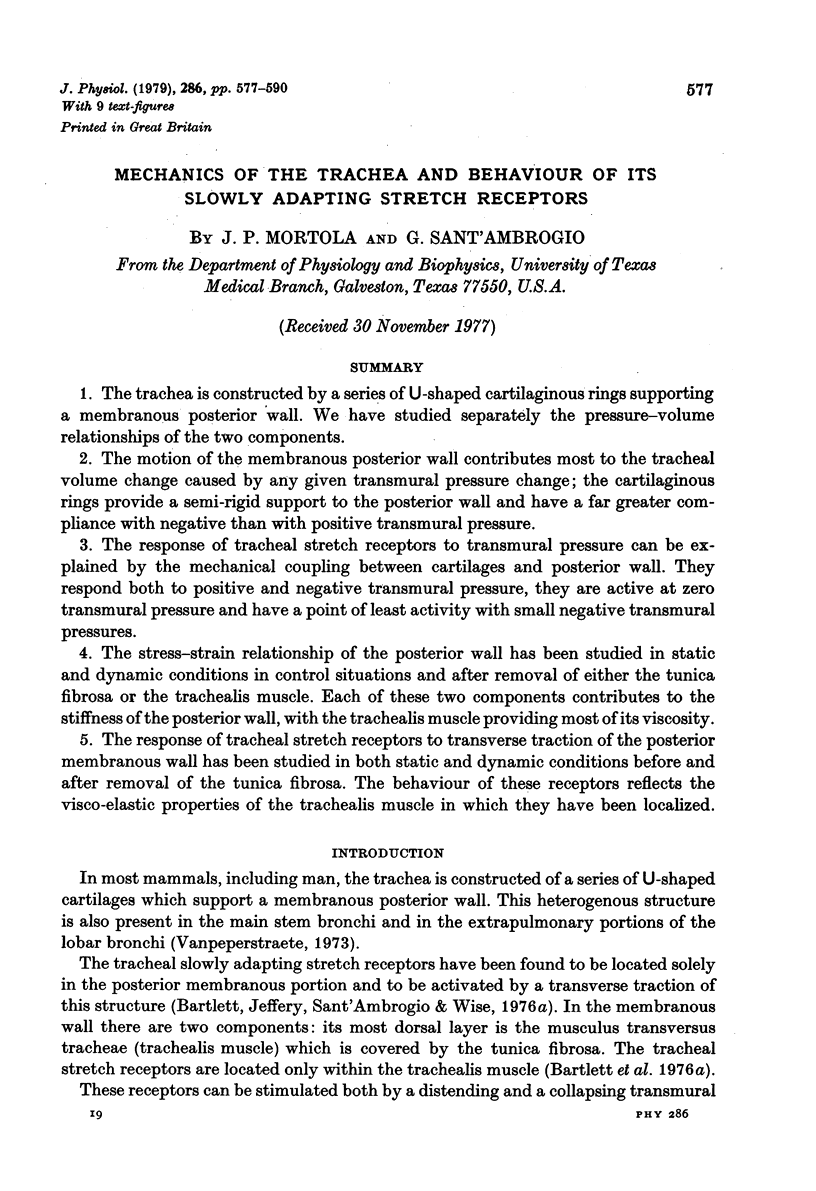
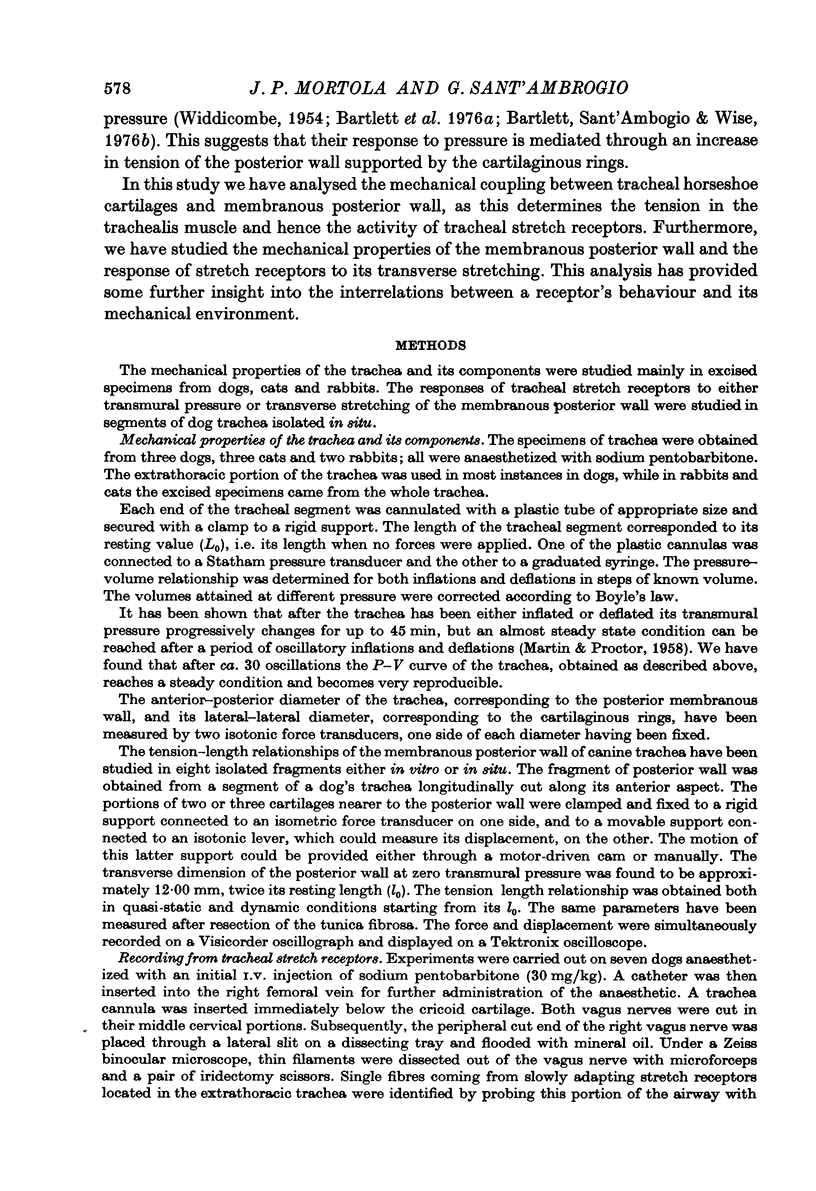
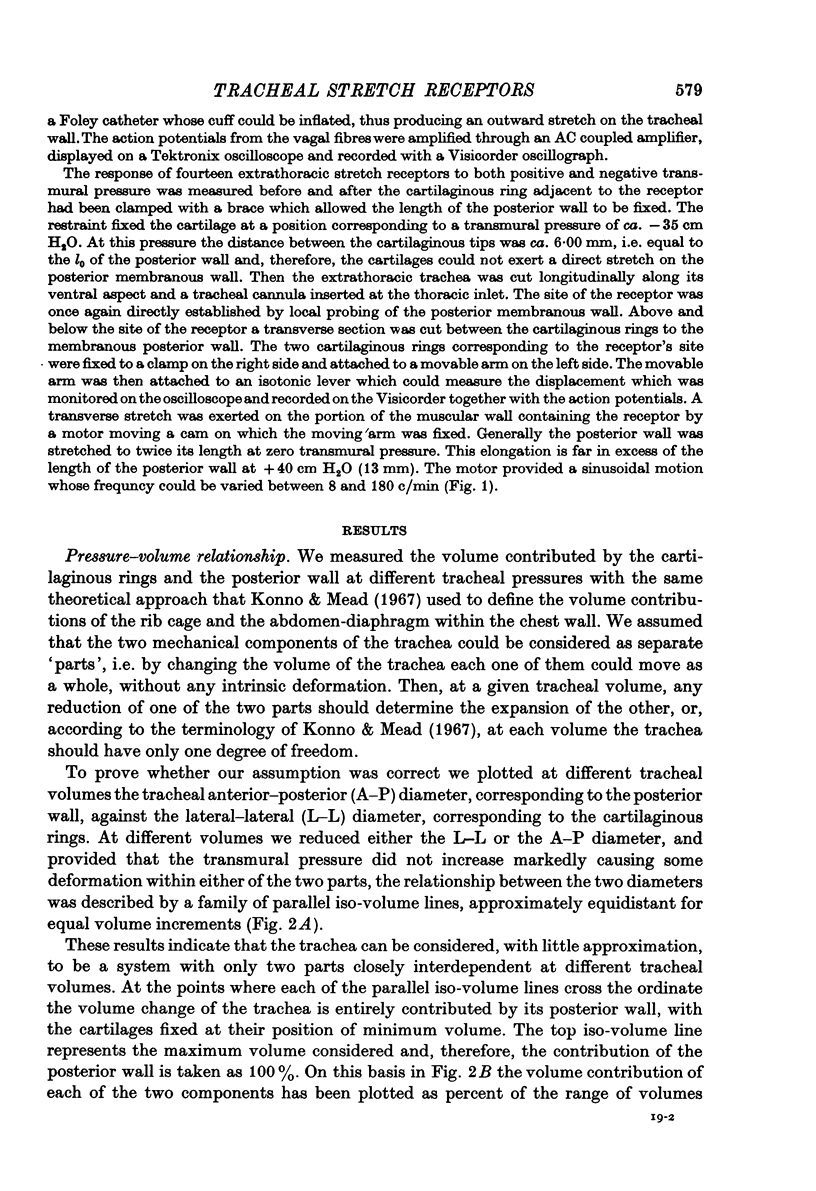
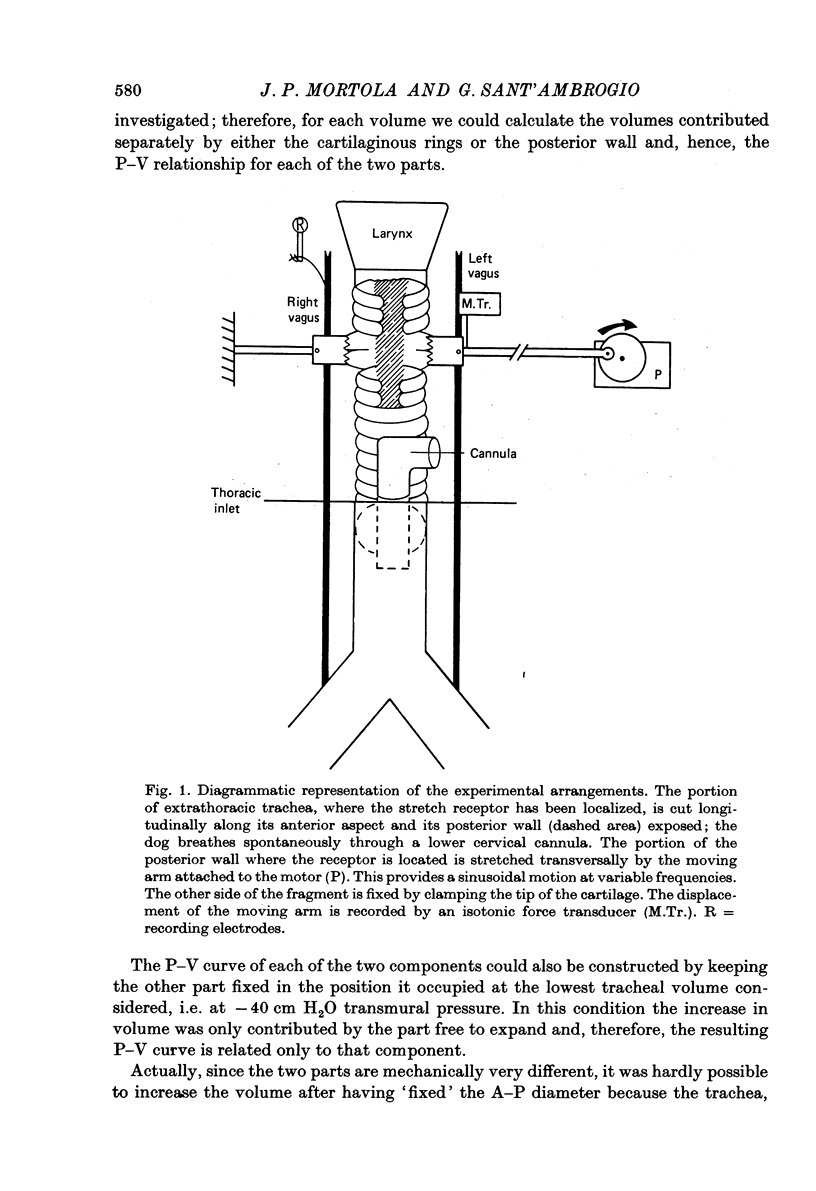
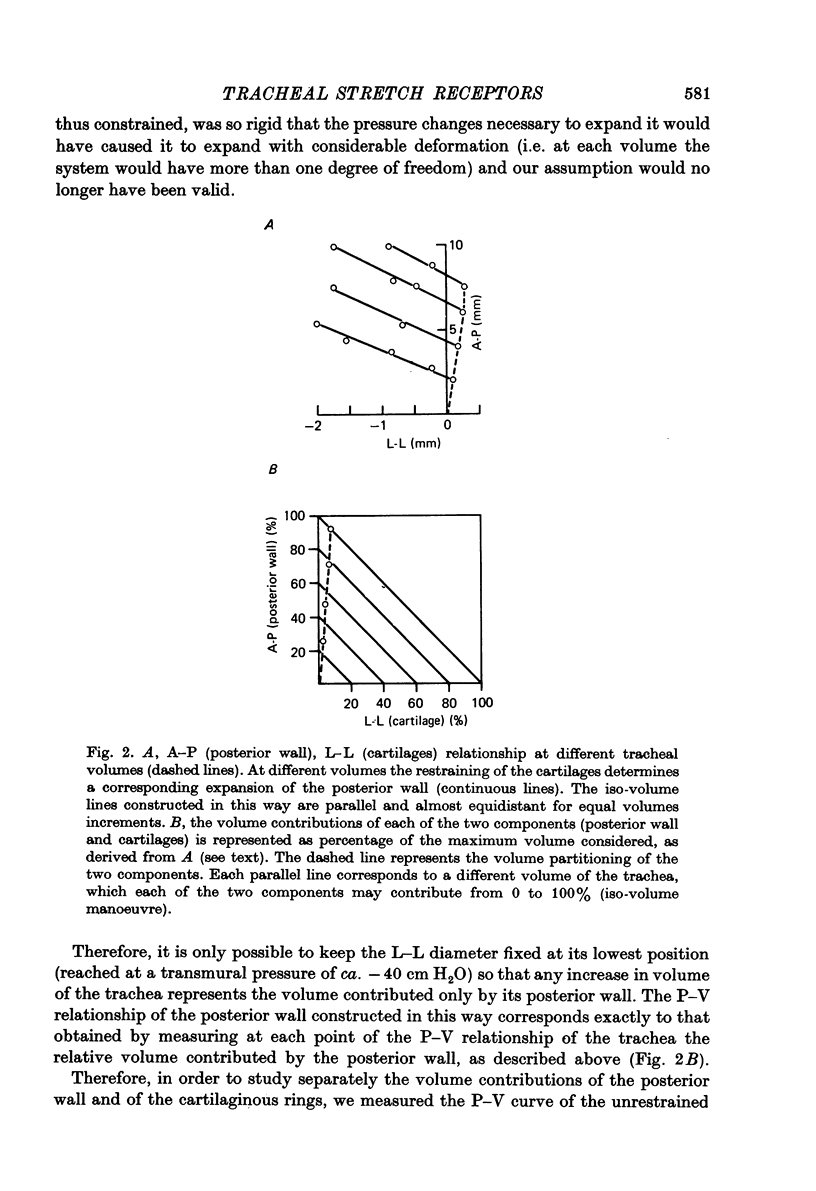
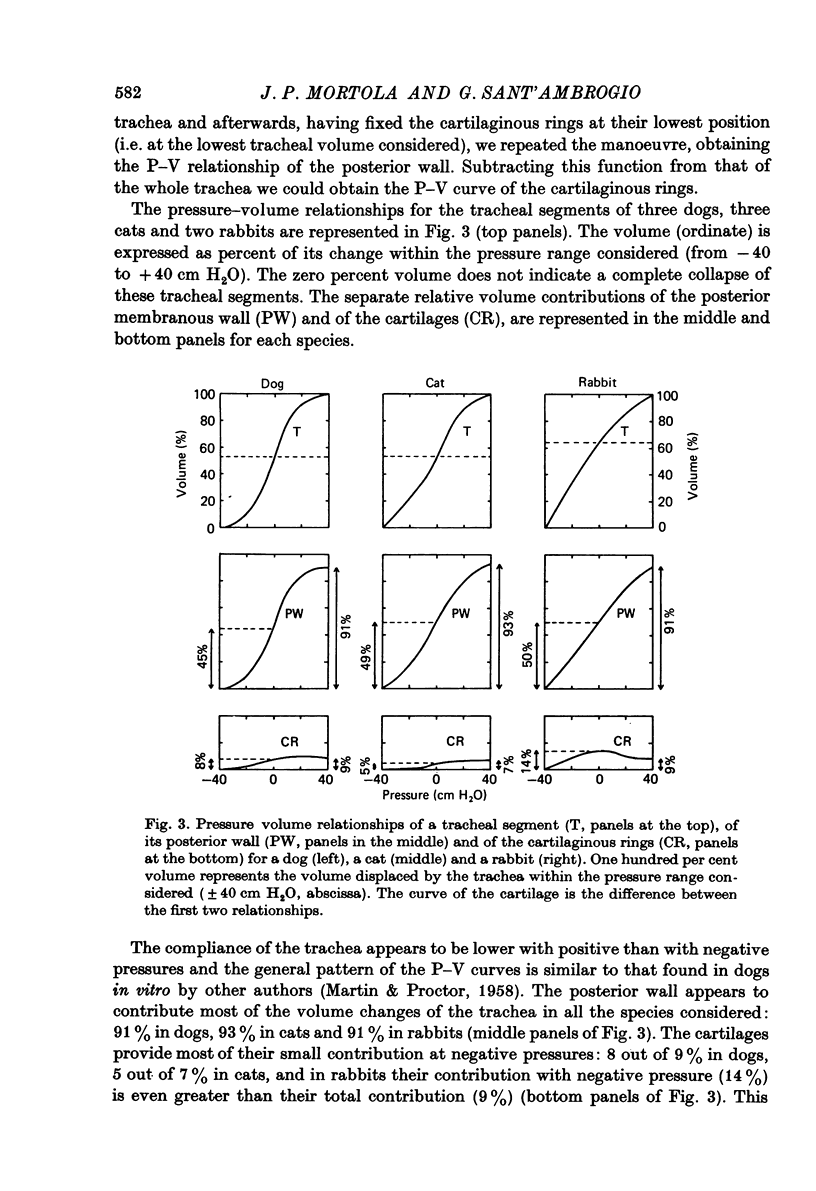
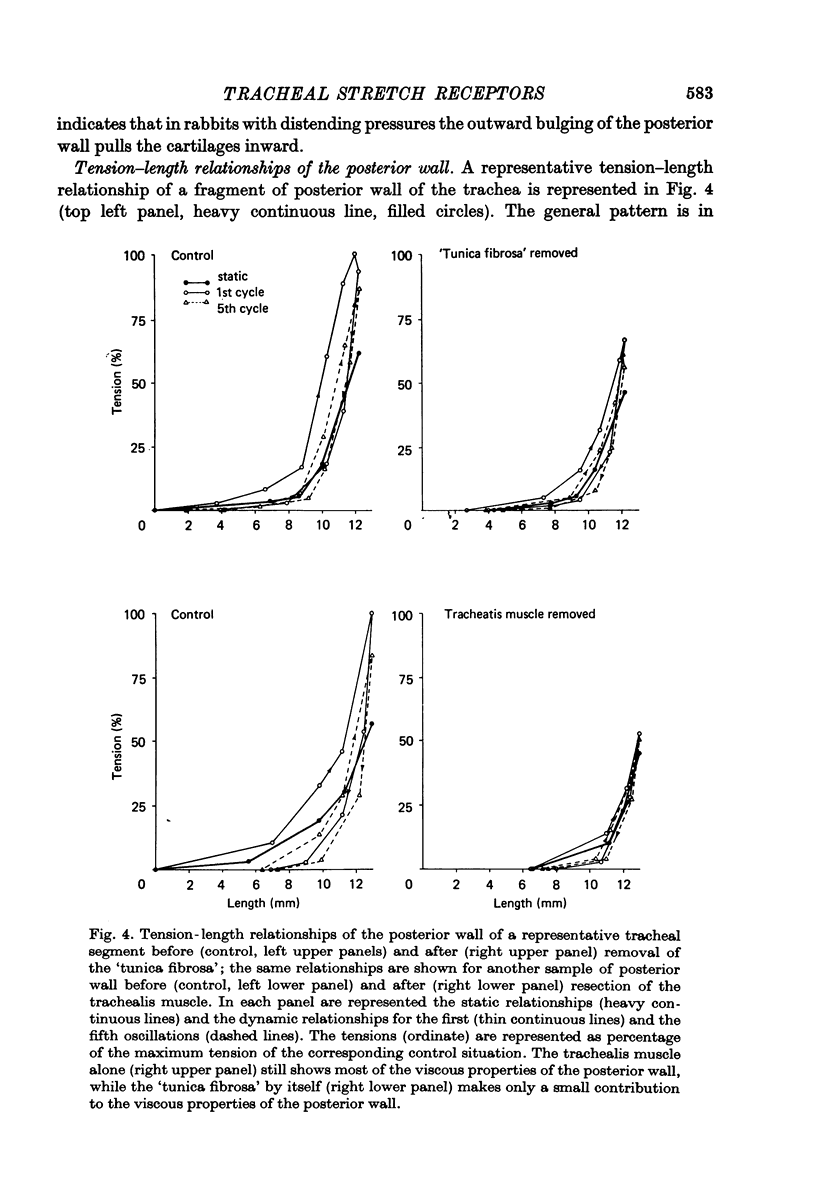
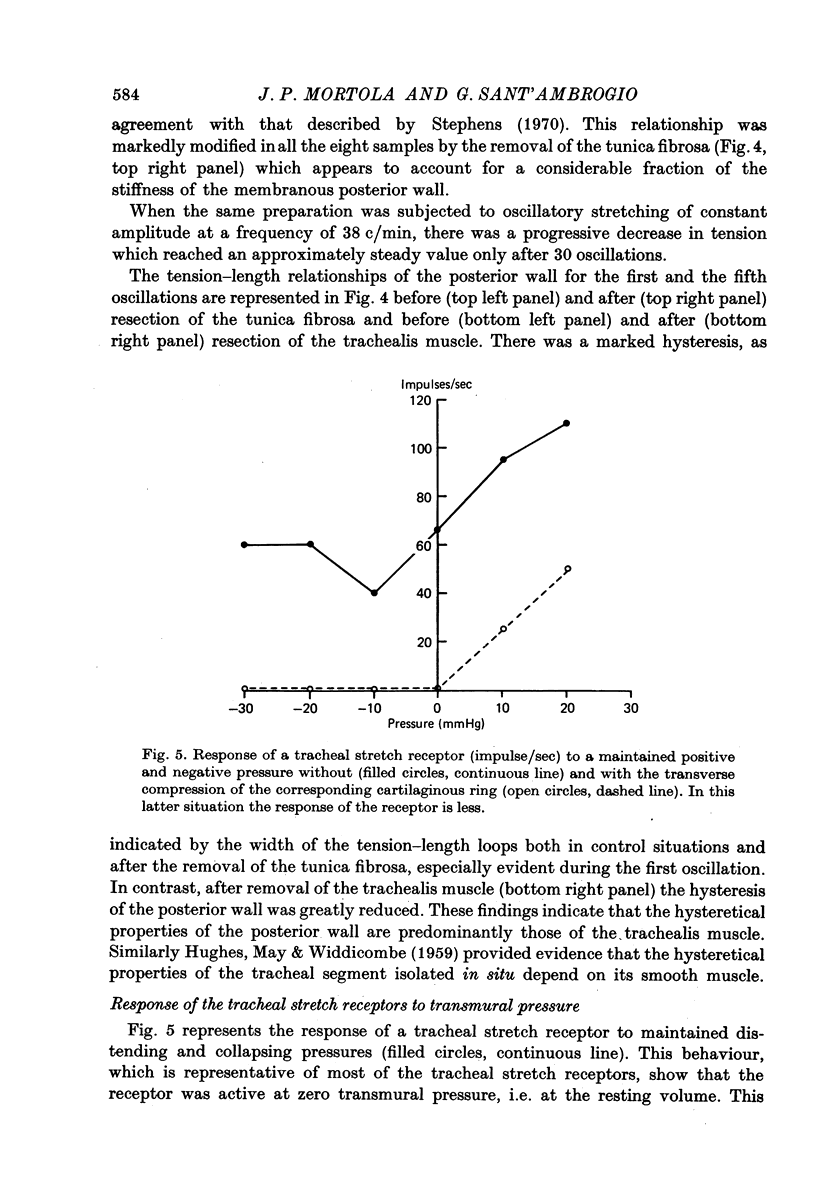
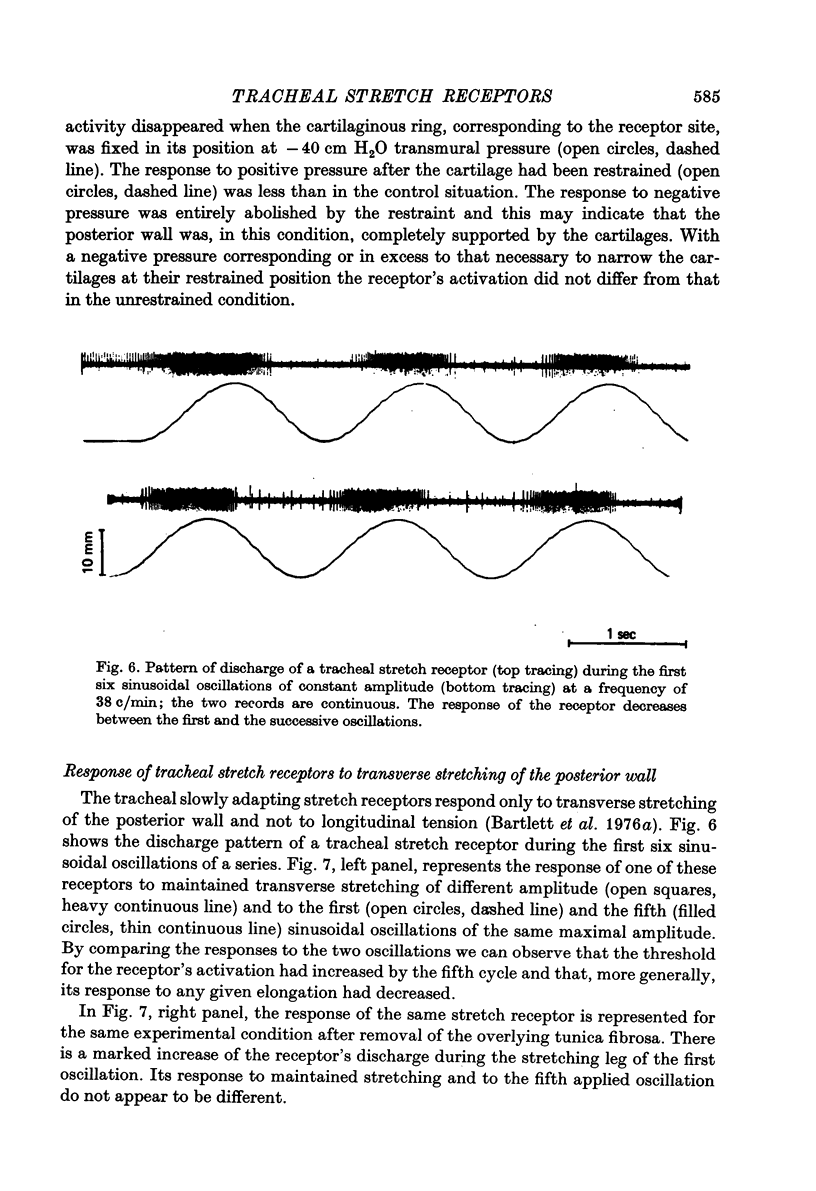
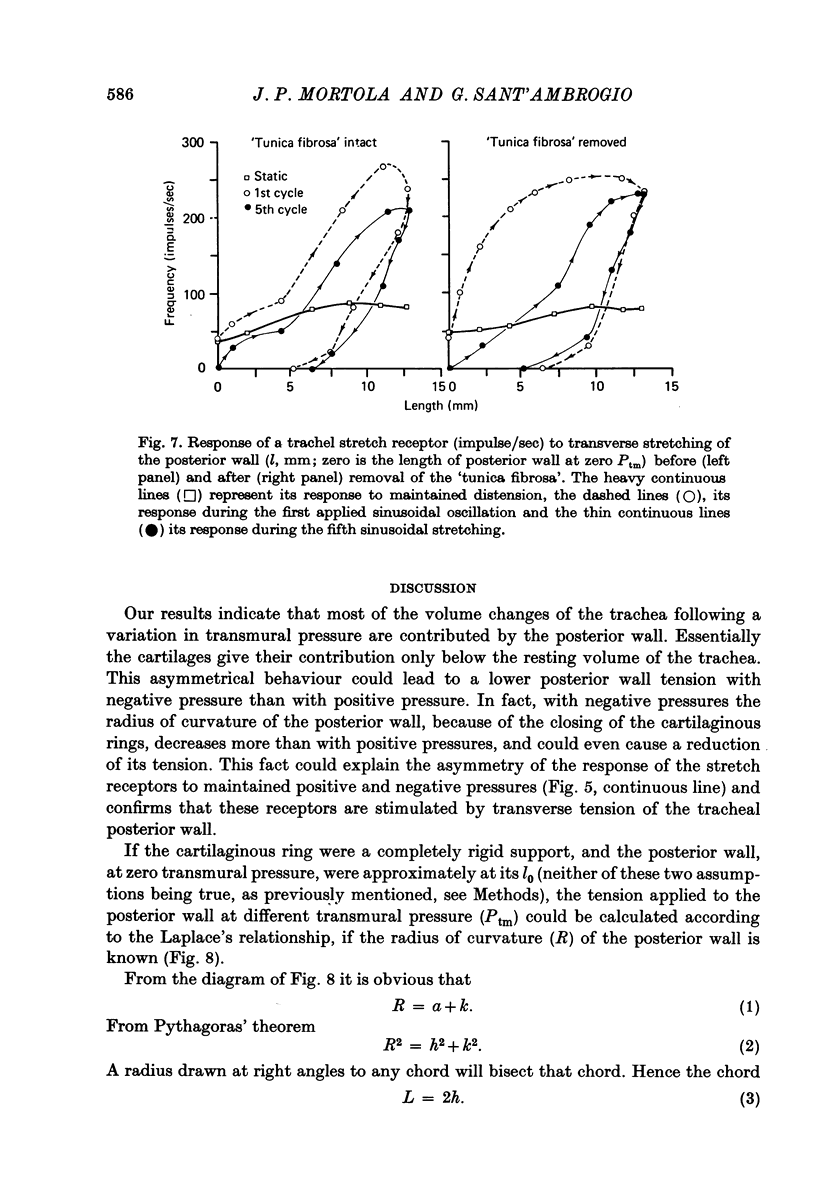
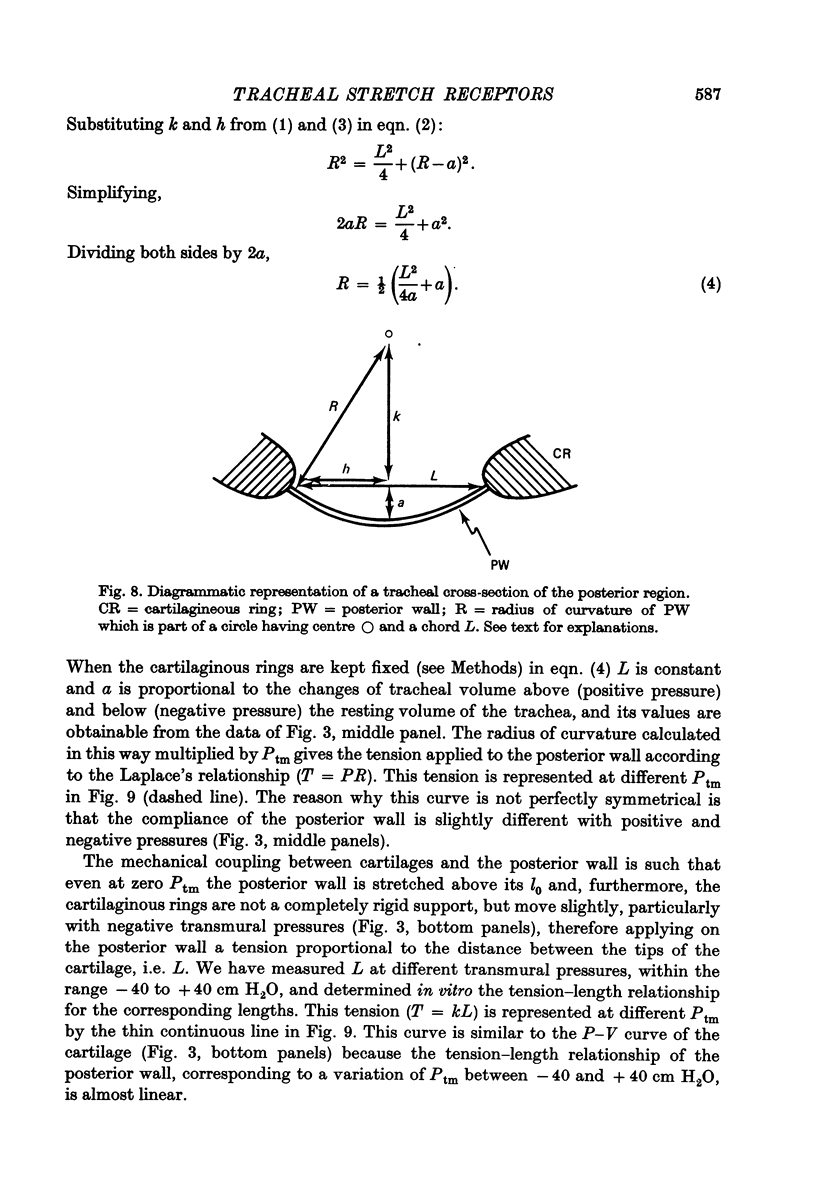
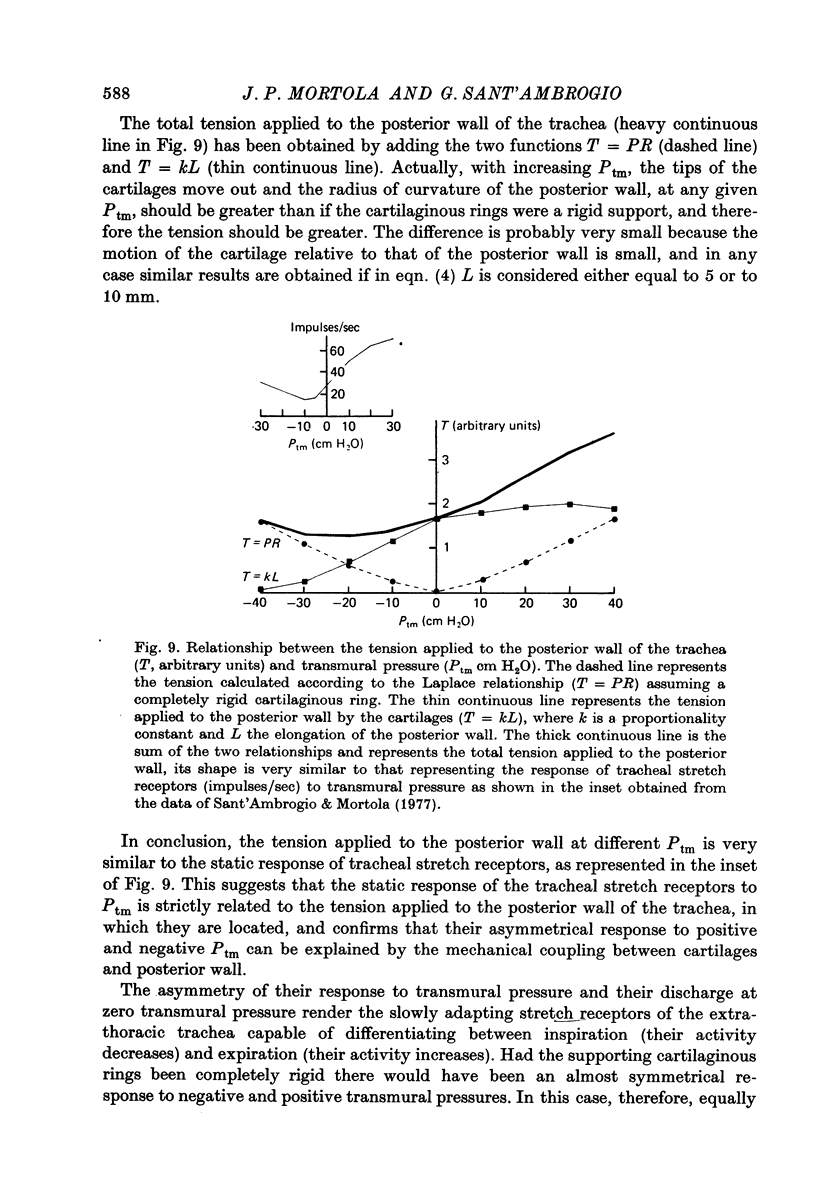
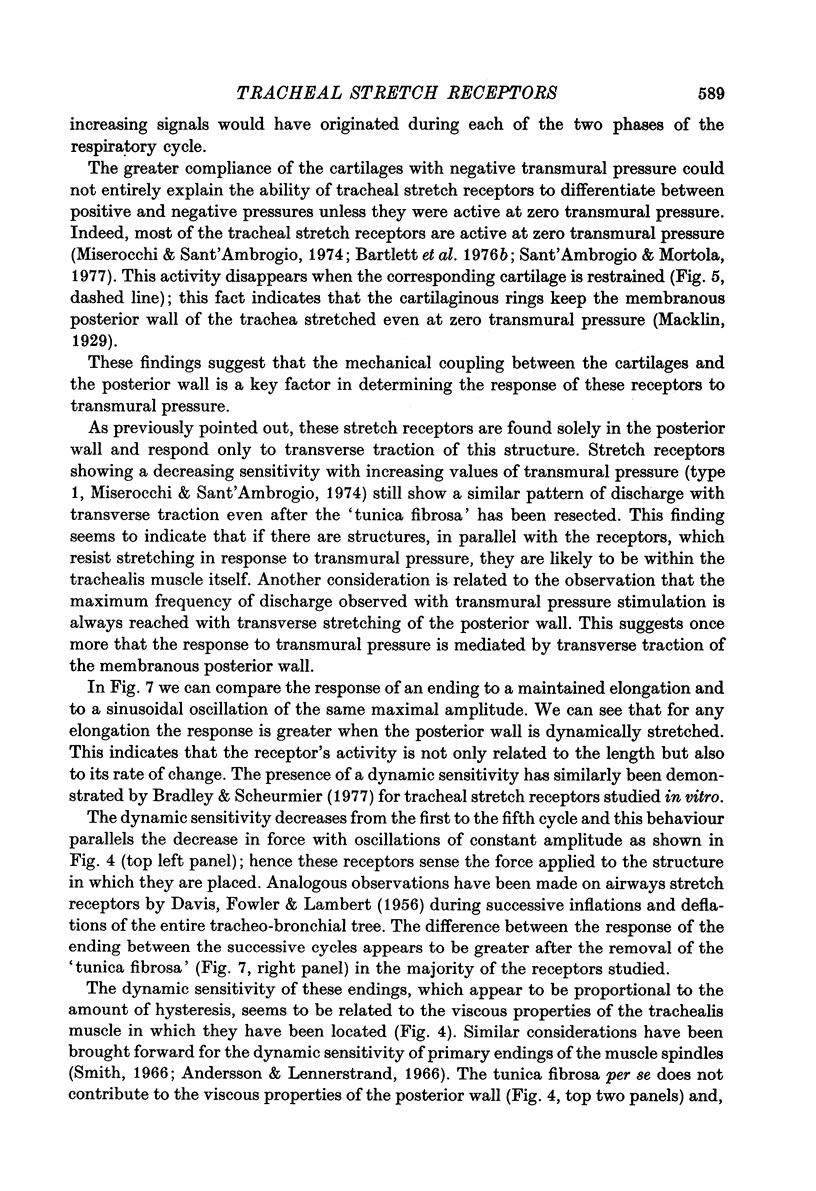
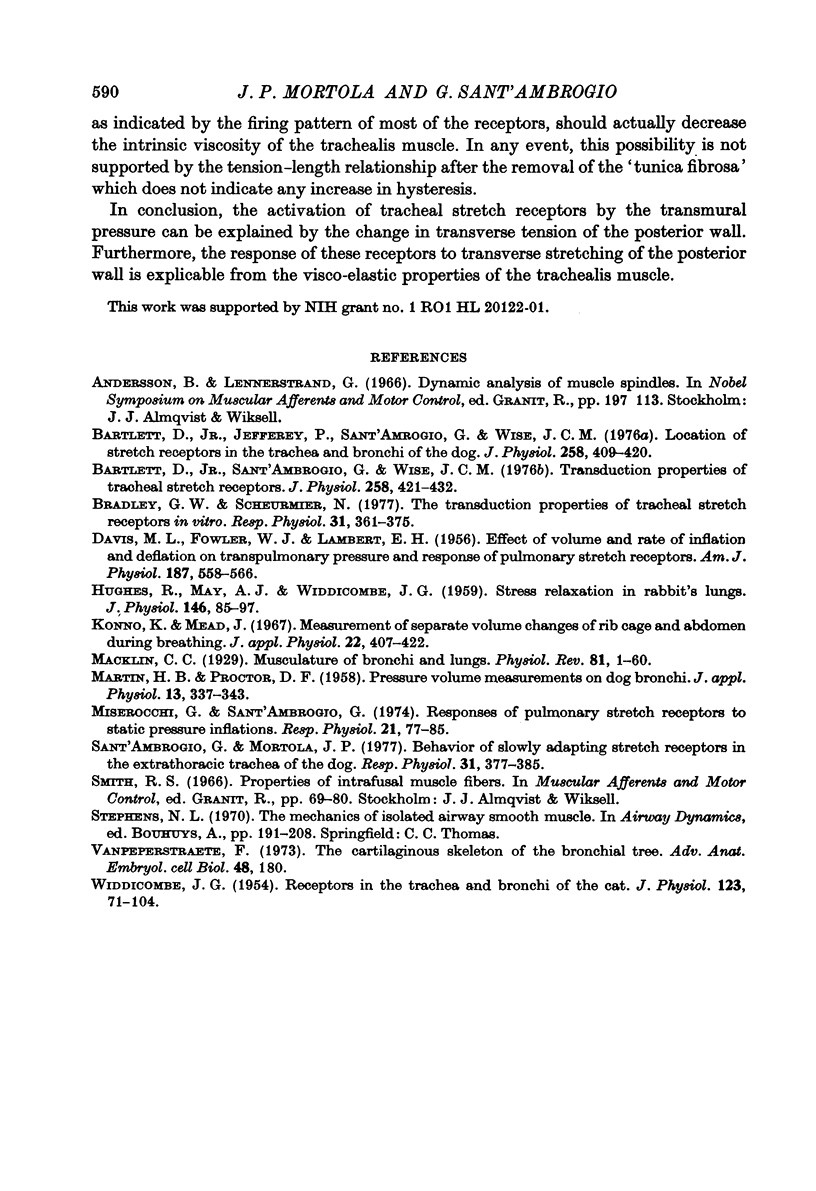
Selected References
These references are in PubMed. This may not be the complete list of references from this article.
- Bartlett D., Jr, Jeffery P., Sant'ambrogio G., Wise J. C. Location of stretch receptors in the trachea and bronchi of the dog. J Physiol. 1976 Jun;258(2):409–420. doi: 10.1113/jphysiol.1976.sp011427. [DOI] [PMC free article] [PubMed] [Google Scholar]
- Bartlett D., Jr, Sant'ambrogio G., Wise J. C. Transduction properties of tracheal stretch receptors. J Physiol. 1976 Jun;258(2):421–432. doi: 10.1113/jphysiol.1976.sp011428. [DOI] [PMC free article] [PubMed] [Google Scholar]
- Bradley G. W., Scheurmier N. The transduction properties of tracheal stretch receptors in vitro. Respir Physiol. 1977 Dec;31(3):365–375. doi: 10.1016/0034-5687(77)90079-2. [DOI] [PubMed] [Google Scholar]
- DAVIS H. L., FOWLER W. S., LAMBERT E. H. Effect of volume and rate of inflation and deflation on transpulmonary pressure and response of pulmonary stretch receptors. Am J Physiol. 1956 Dec;187(3):558–566. doi: 10.1152/ajplegacy.1956.187.3.558. [DOI] [PubMed] [Google Scholar]
- HUGHES R., MAY A. J., WIDDICOMBE J. G. Stress relaxation in rabbits' lungs. J Physiol. 1959 Apr 23;146(1):85–97. doi: 10.1113/jphysiol.1959.sp006179. [DOI] [PMC free article] [PubMed] [Google Scholar]
- Konno K., Mead J. Measurement of the separate volume changes of rib cage and abdomen during breathing. J Appl Physiol. 1967 Mar;22(3):407–422. doi: 10.1152/jappl.1967.22.3.407. [DOI] [PubMed] [Google Scholar]
- MARTIN H. B., PROCTOR D. F. Pressure-volume measurements on dog bronchi. J Appl Physiol. 1958 Nov;13(3):337–343. doi: 10.1152/jappl.1958.13.3.337. [DOI] [PubMed] [Google Scholar]
- Sant'Ambrogio G., Mortola J. P. Behavior of slowly adapting stretch receptors in the extrathoracic trachea of the dog. Respir Physiol. 1977 Dec;31(3):377–385. doi: 10.1016/0034-5687(77)90080-9. [DOI] [PubMed] [Google Scholar]
- WIDDICOMBE J. G. Receptors in the trachea and bronchi of the cat. J Physiol. 1954 Jan;123(1):71–104. doi: 10.1113/jphysiol.1954.sp005034. [DOI] [PMC free article] [PubMed] [Google Scholar]


